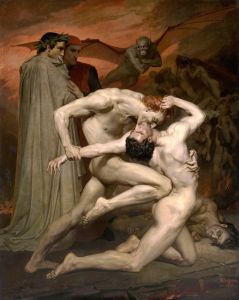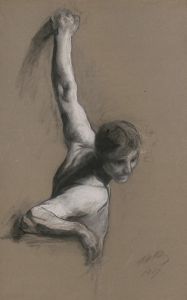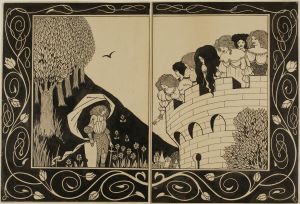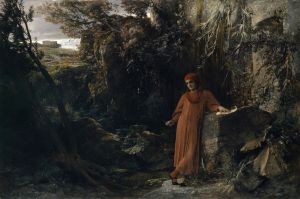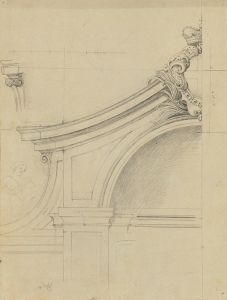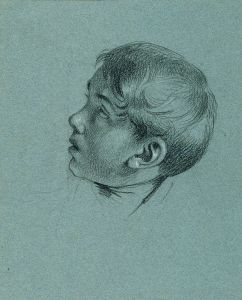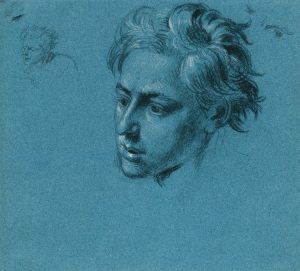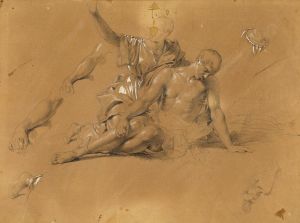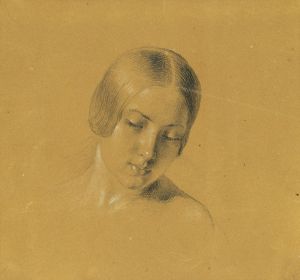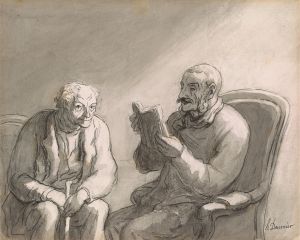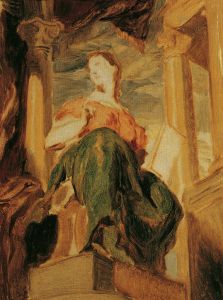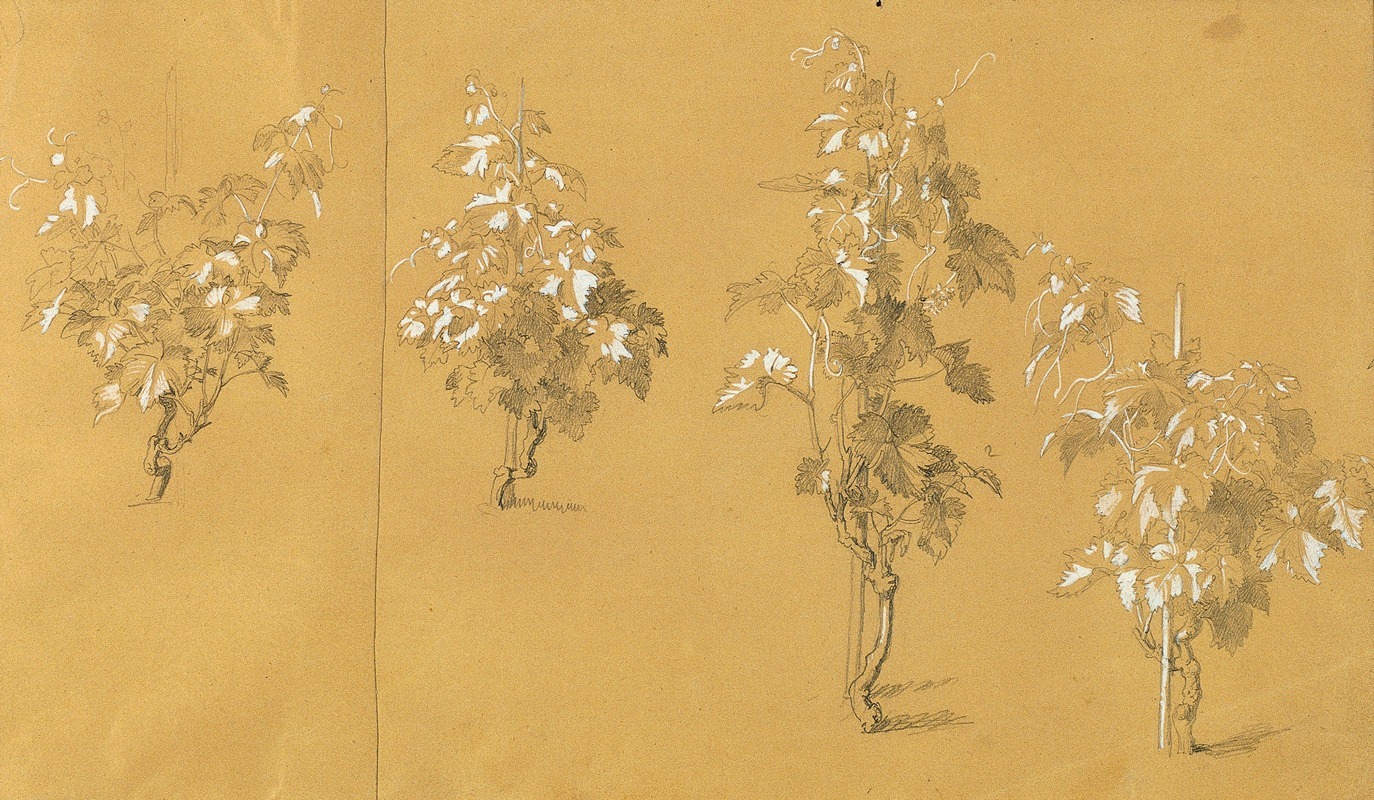
Weinstock, Studie zu ‘Hermann und Dorothea im Weinberg’
A hand-painted replica of Johann Peter Krafft’s masterpiece Weinstock, Studie zu ‘Hermann und Dorothea im Weinberg’, meticulously crafted by professional artists to capture the true essence of the original. Each piece is created with museum-quality canvas and rare mineral pigments, carefully painted by experienced artists with delicate brushstrokes and rich, layered colors to perfectly recreate the texture of the original artwork. Unlike machine-printed reproductions, this hand-painted version brings the painting to life, infused with the artist’s emotions and skill in every stroke. Whether for personal collection or home decoration, it instantly elevates the artistic atmosphere of any space.
Johann Peter Krafft's painting Weinstock, Studie zu ‘Hermann und Dorothea im Weinberg’ is a preparatory study related to his artistic interpretation of Johann Wolfgang von Goethe's epic poem Hermann und Dorothea. Krafft, an Austrian painter known for his historical and genre scenes, created this work as part of his exploration of the themes and imagery presented in Goethe's literary masterpiece.
The painting reflects Krafft's meticulous approach to capturing the pastoral and emotional essence of the poem, which tells the story of Hermann, a young man, and Dorothea, a refugee, set against the backdrop of the French Revolution. The vineyard setting, as suggested by the title, plays a significant role in the narrative, symbolizing growth, fertility, and the nurturing of relationships. Krafft's study likely focuses on the depiction of this vineyard scene, emphasizing the connection between the characters and their environment.
As a preparatory study, this work would have been part of Krafft's process in developing a larger or more detailed composition. Such studies were common among artists of the time, allowing them to experiment with composition, lighting, and the arrangement of figures before committing to a final piece. Krafft's training and career were heavily influenced by the Neoclassical and Romantic movements, and his works often combined technical precision with emotional depth.
While the exact details of this specific study are not widely documented, Krafft's broader body of work demonstrates his ability to translate literary themes into visual art. His interest in Goethe's Hermann und Dorothea aligns with the 19th-century fascination with adapting literary works into other artistic forms, bridging the gap between literature and visual art.
Johann Peter Krafft (1780–1856) was a prominent figure in Austrian art, serving as the director of the Imperial Gallery in Vienna later in his career. His works are celebrated for their narrative quality and their ability to evoke the cultural and historical context of the time. Weinstock, Studie zu ‘Hermann und Dorothea im Weinberg’ is an example of his dedication to exploring complex themes through preparatory studies, contributing to the rich tradition of literary-inspired art in the 19th century.
Further details about this specific study, including its current location or dimensions, are not readily available in existing records.





